Shufflemoomin
TPF Noob!
- Joined
- May 15, 2010
- Messages
- 4
- Reaction score
- 0
- Can others edit my Photos
- Photos OK to edit
Hey everyone,
I'm not only newbie to photography, but I'm beginning to feel like a moron for not understanding lenses. I've been dabbling in Photography with a point-and-shoot, a Finepix S5800, for a while and I'm interested in making the leap to DSLR.
I've been looking at lenses, I've read countless articles and even read DSLR for dummies, but I'm still a little confused. One of the reasons I'm unhappy with the Fuji is that it's not a wide enough angled lens for me. I see DSLR lenses that go down to between 10mm and 20mm which is supposed to be good and I see Zoom lenses going up to between 200mm and 300mm which is also supposed to be good. The thing that's confusing me is that I'm comparing this to the lens on my point-and-shoot which is labelled as 6.3mm-63mm (10x Optical Zoom). Where does this leave me with DSLR and how can I make a comparison? I assume I can't make a direct comparison, otherwise my point-and-shoot would be capturing more of a scene that the 10mm-20mm lenses I see listed. I also don't have an idea of how much zoom a 200mm lens will give me. I saw a standard 55mm-200mm lens but I can't find a comparison showing the captured scene at 55mm and then zoomed to 200mm to give me an idea of the difference.
As you can see, I'm more than a little confused and may be bordering on Rainman levels of misunderstanding. Is there any kind, knowledgeable soul here who is willing to point someone lost and confused in the right direction?
Many thanks to anyone who can help clear this all up for me.
Shufflemoomin
I'm not only newbie to photography, but I'm beginning to feel like a moron for not understanding lenses. I've been dabbling in Photography with a point-and-shoot, a Finepix S5800, for a while and I'm interested in making the leap to DSLR.
I've been looking at lenses, I've read countless articles and even read DSLR for dummies, but I'm still a little confused. One of the reasons I'm unhappy with the Fuji is that it's not a wide enough angled lens for me. I see DSLR lenses that go down to between 10mm and 20mm which is supposed to be good and I see Zoom lenses going up to between 200mm and 300mm which is also supposed to be good. The thing that's confusing me is that I'm comparing this to the lens on my point-and-shoot which is labelled as 6.3mm-63mm (10x Optical Zoom). Where does this leave me with DSLR and how can I make a comparison? I assume I can't make a direct comparison, otherwise my point-and-shoot would be capturing more of a scene that the 10mm-20mm lenses I see listed. I also don't have an idea of how much zoom a 200mm lens will give me. I saw a standard 55mm-200mm lens but I can't find a comparison showing the captured scene at 55mm and then zoomed to 200mm to give me an idea of the difference.
As you can see, I'm more than a little confused and may be bordering on Rainman levels of misunderstanding. Is there any kind, knowledgeable soul here who is willing to point someone lost and confused in the right direction?
Many thanks to anyone who can help clear this all up for me.
Shufflemoomin


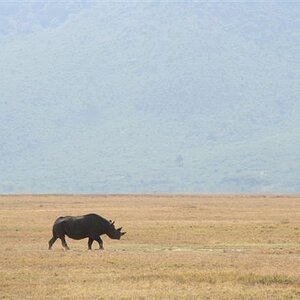
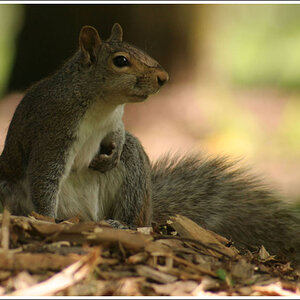
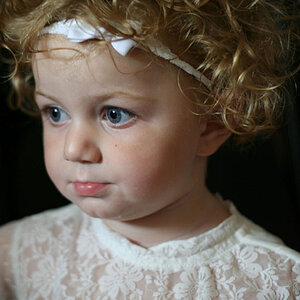
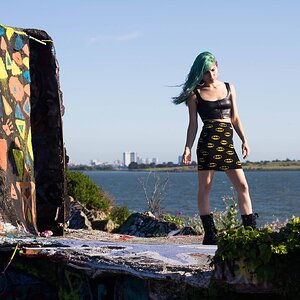
![[No title]](/data/xfmg/thumbnail/41/41926-7b67b67ec3a4ea78149adc9ca76efe76.jpg?1619739945)
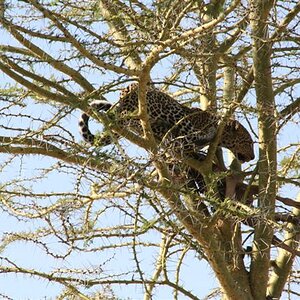

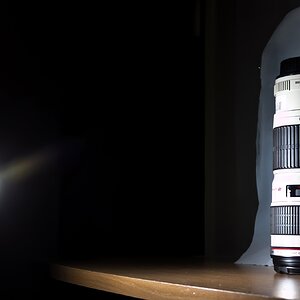
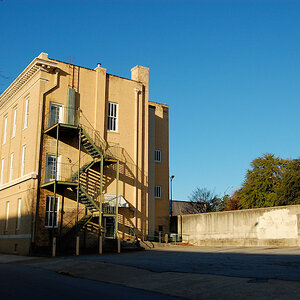
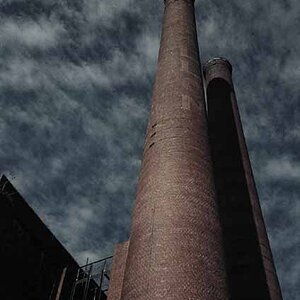
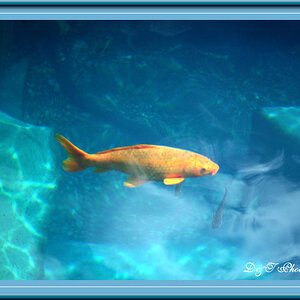
![[No title]](/data/xfmg/thumbnail/31/31038-84f0b9d14b7ced20e61bc19a9d4dfcc2.jpg?1619734581)